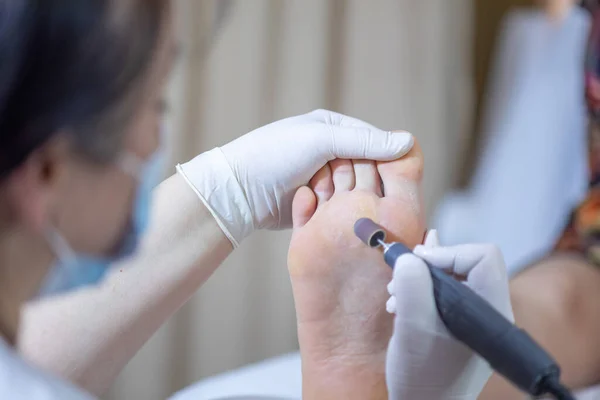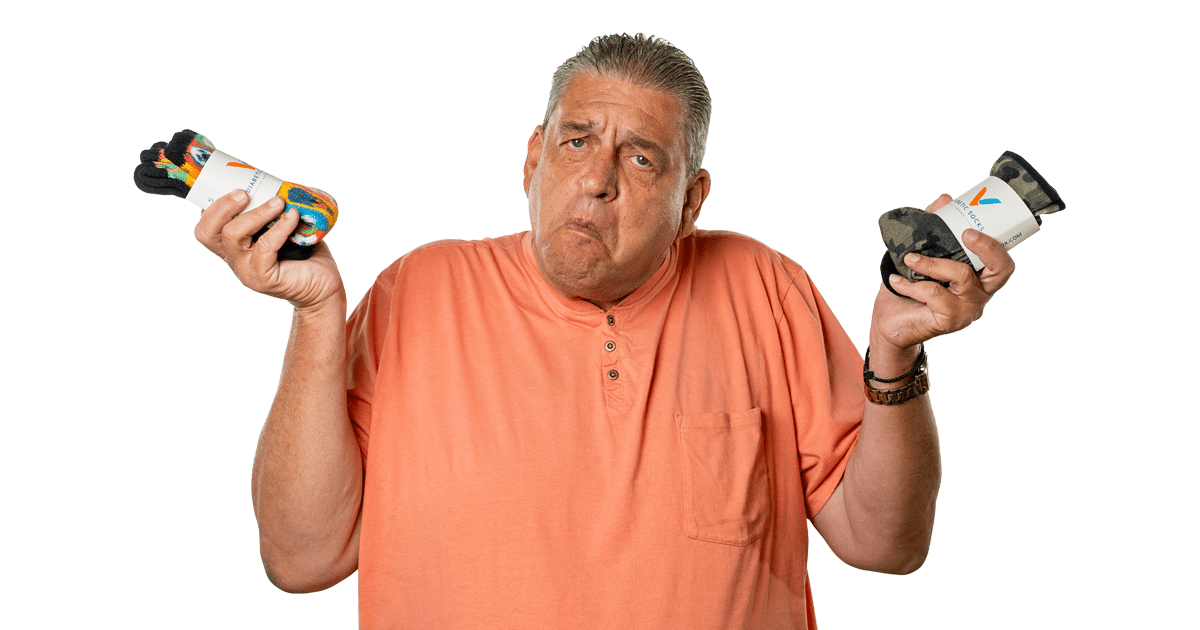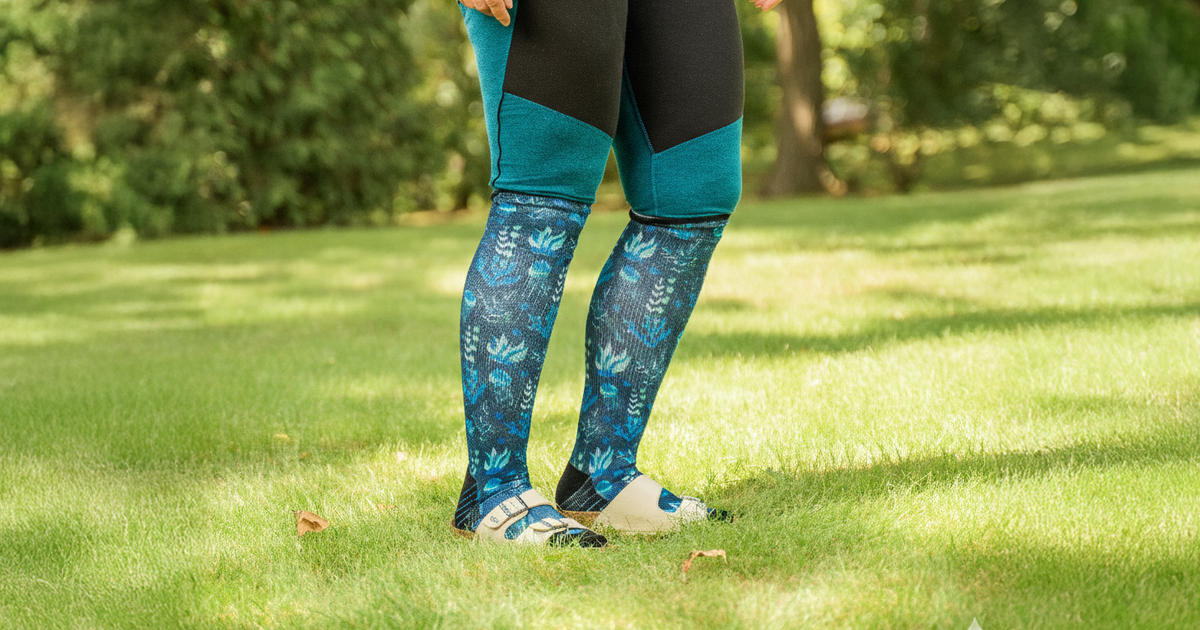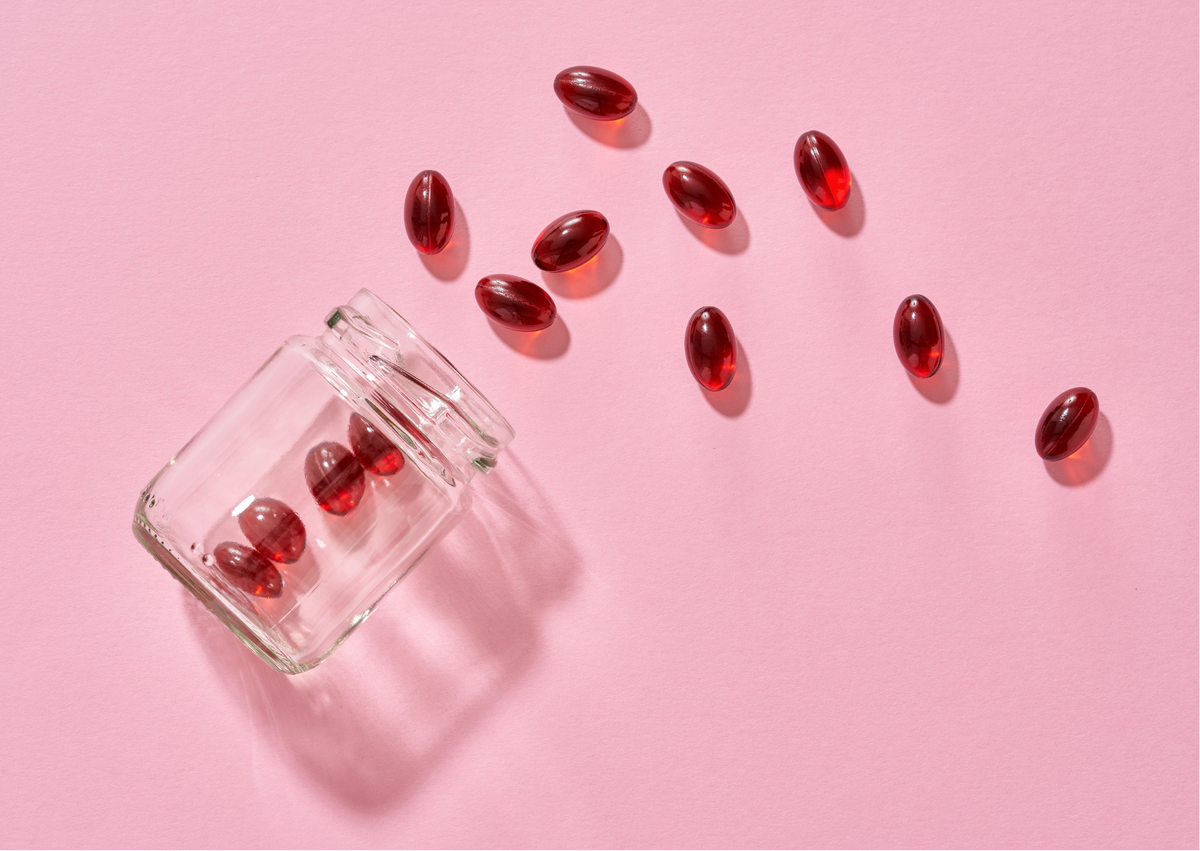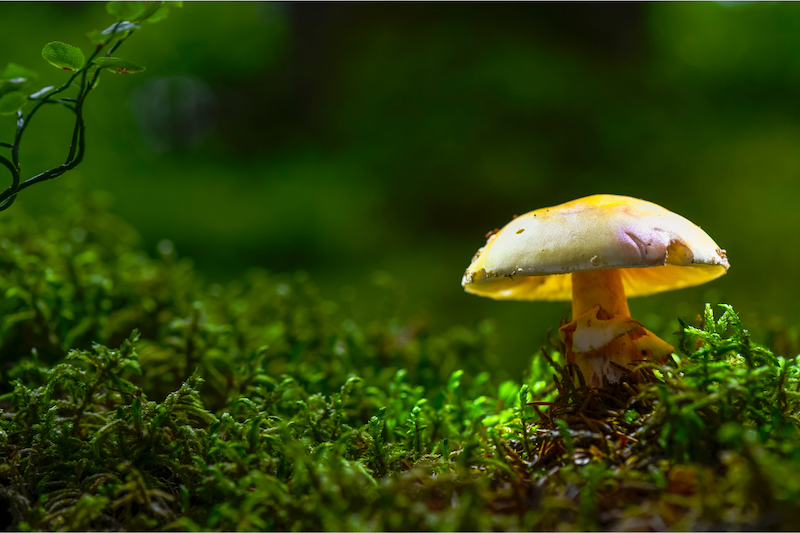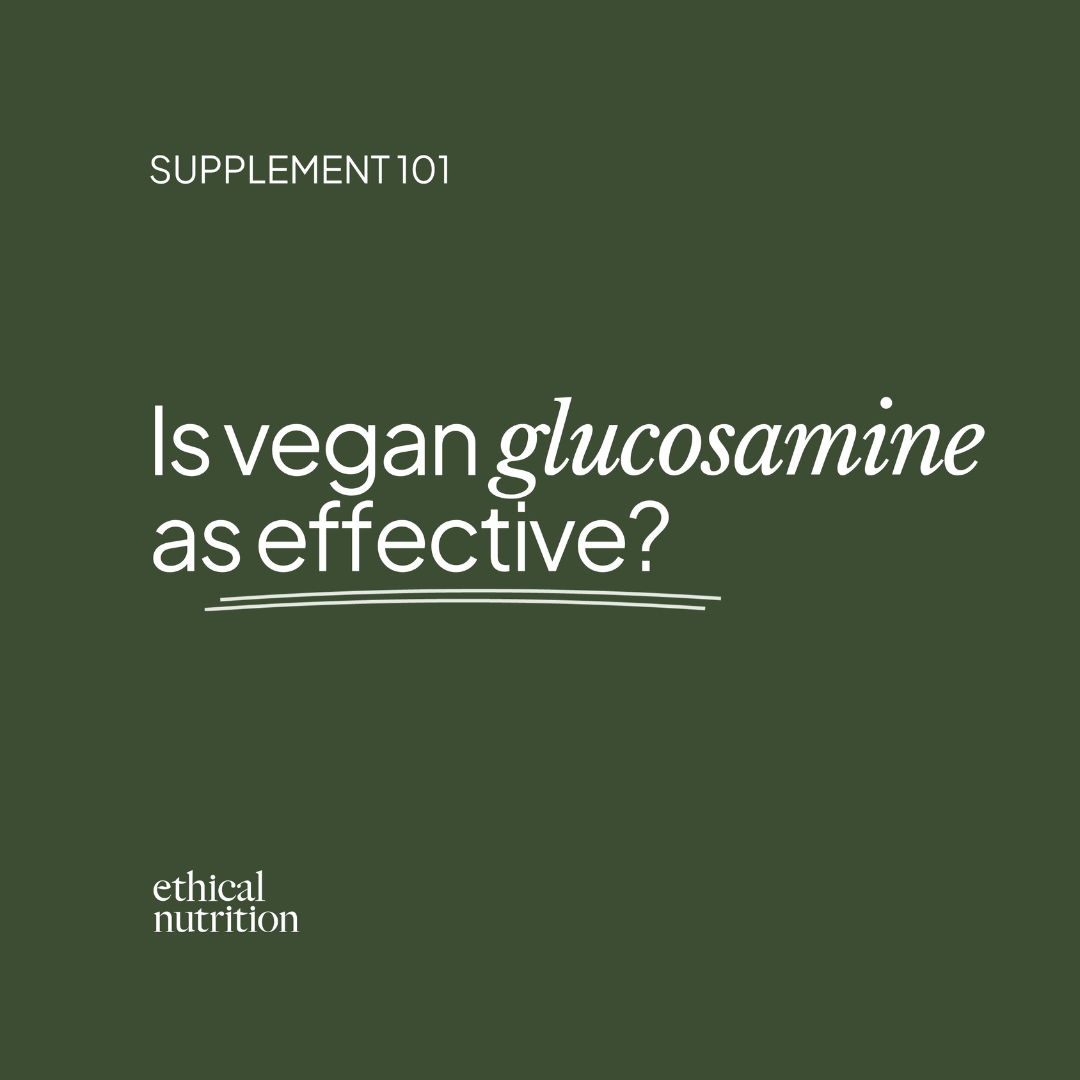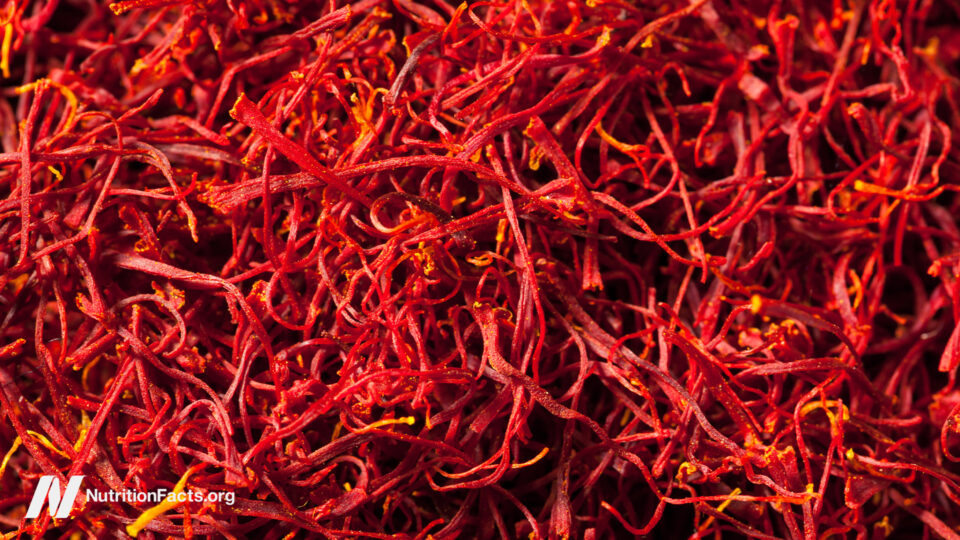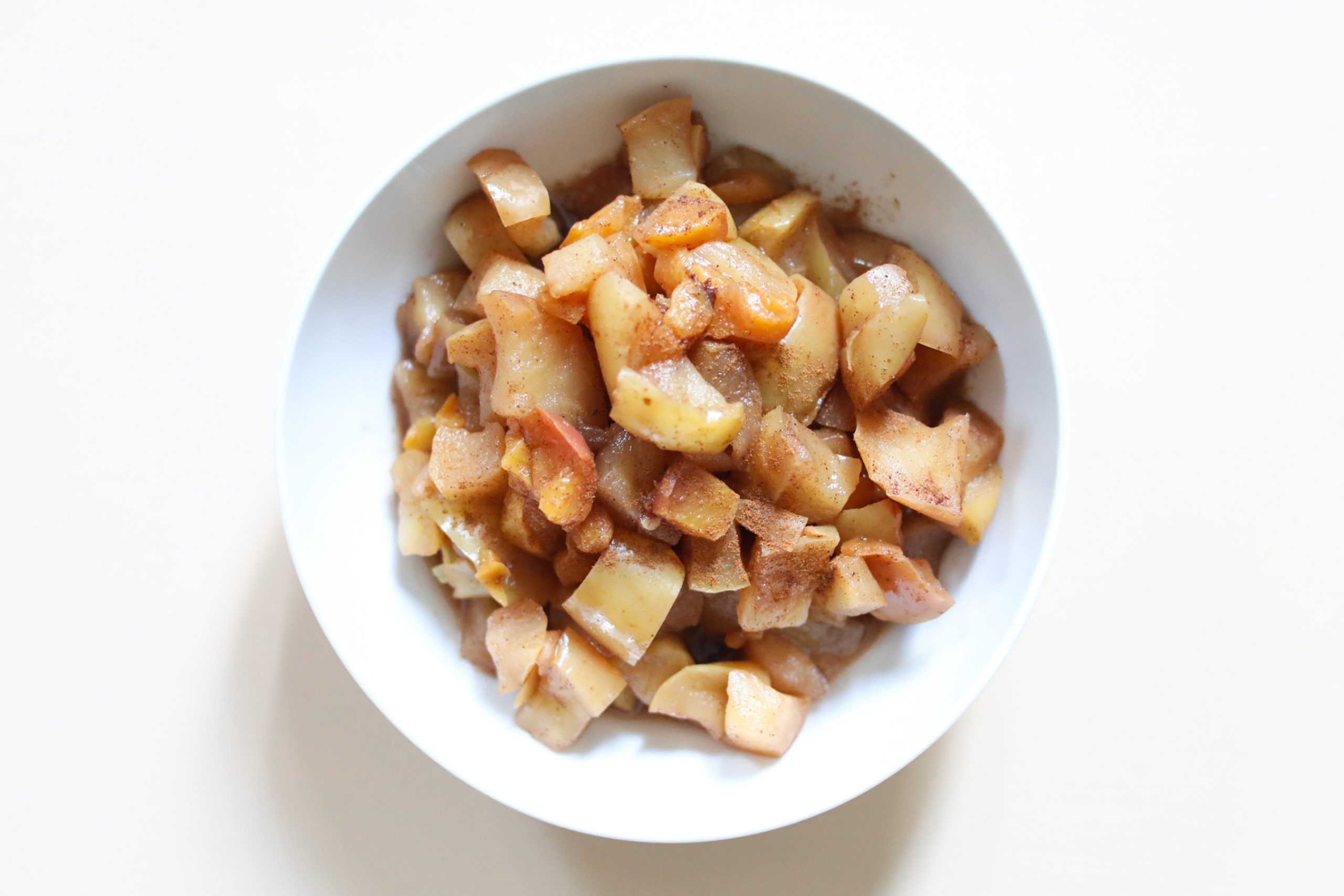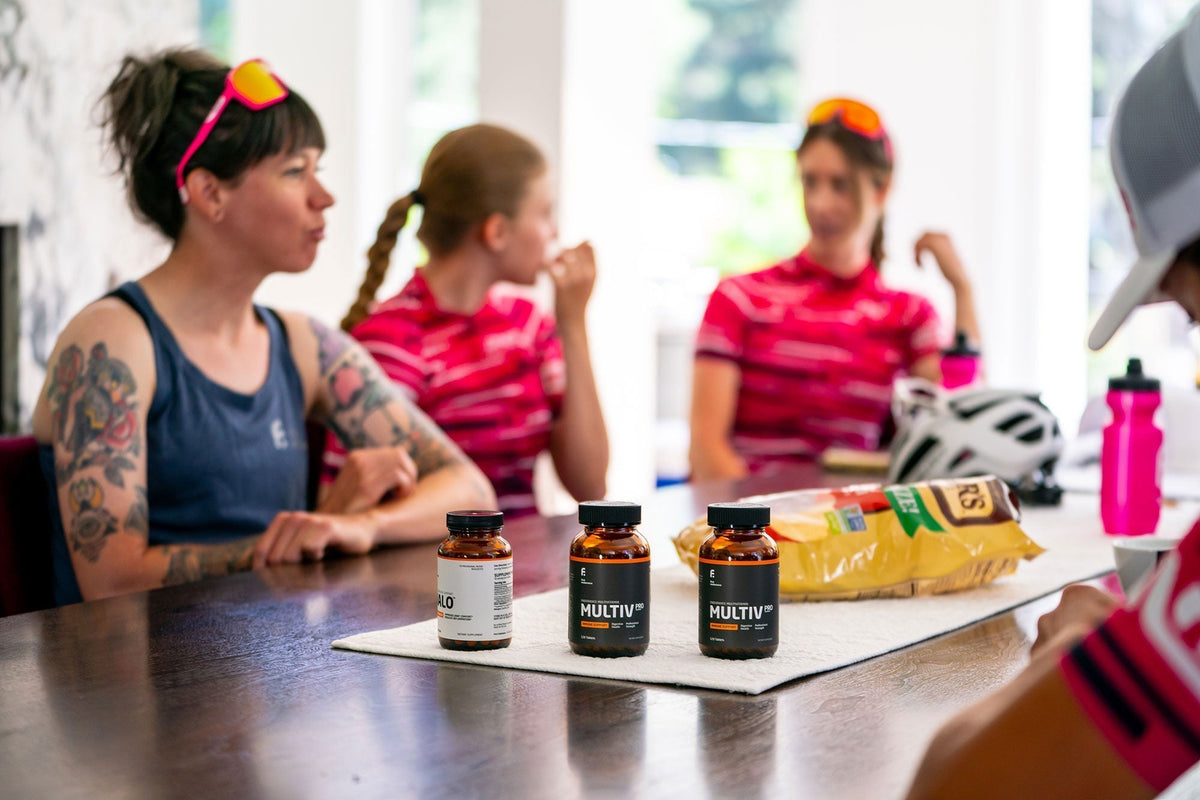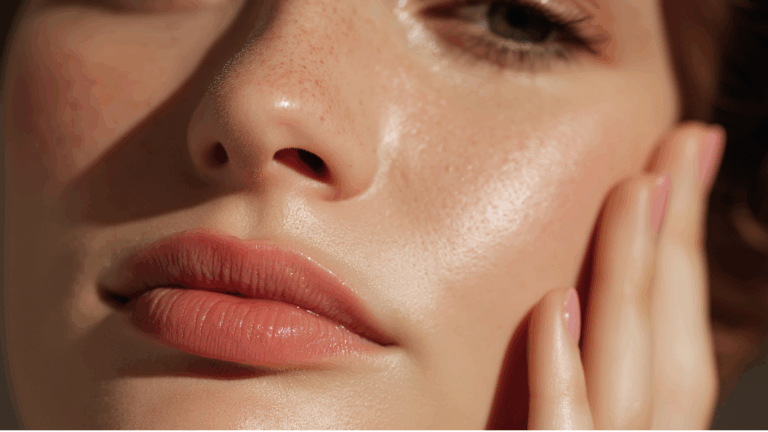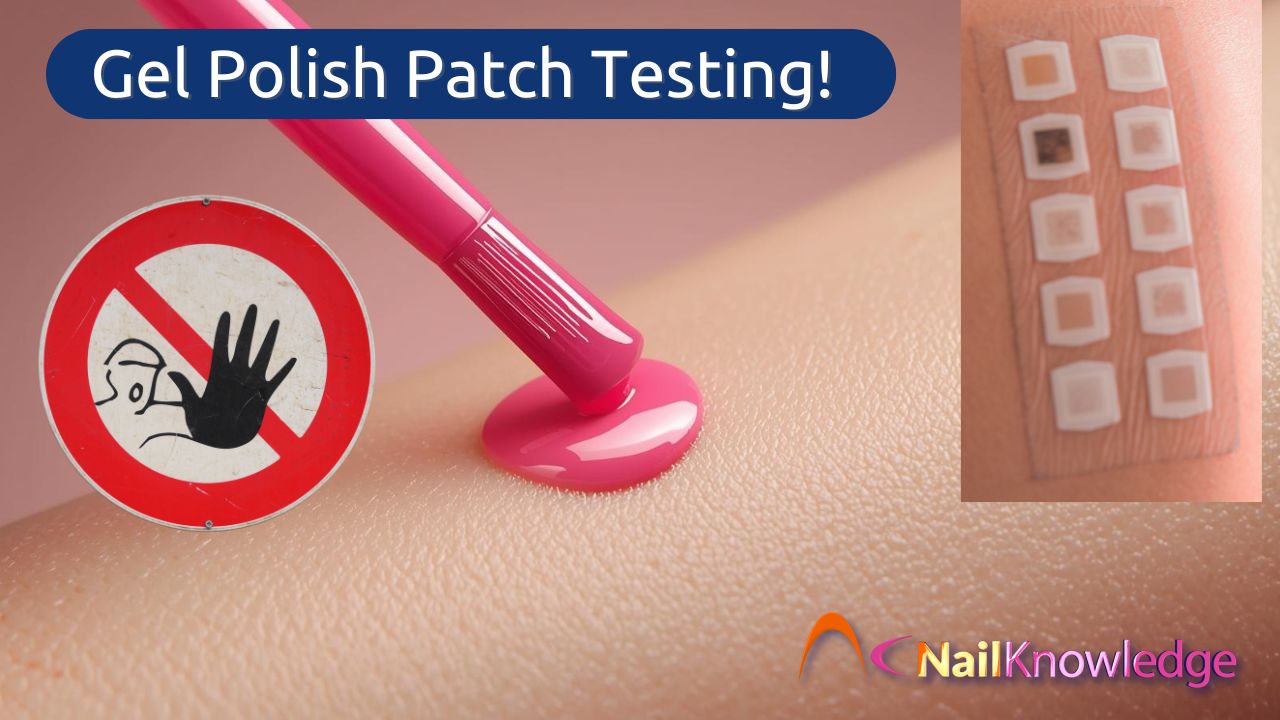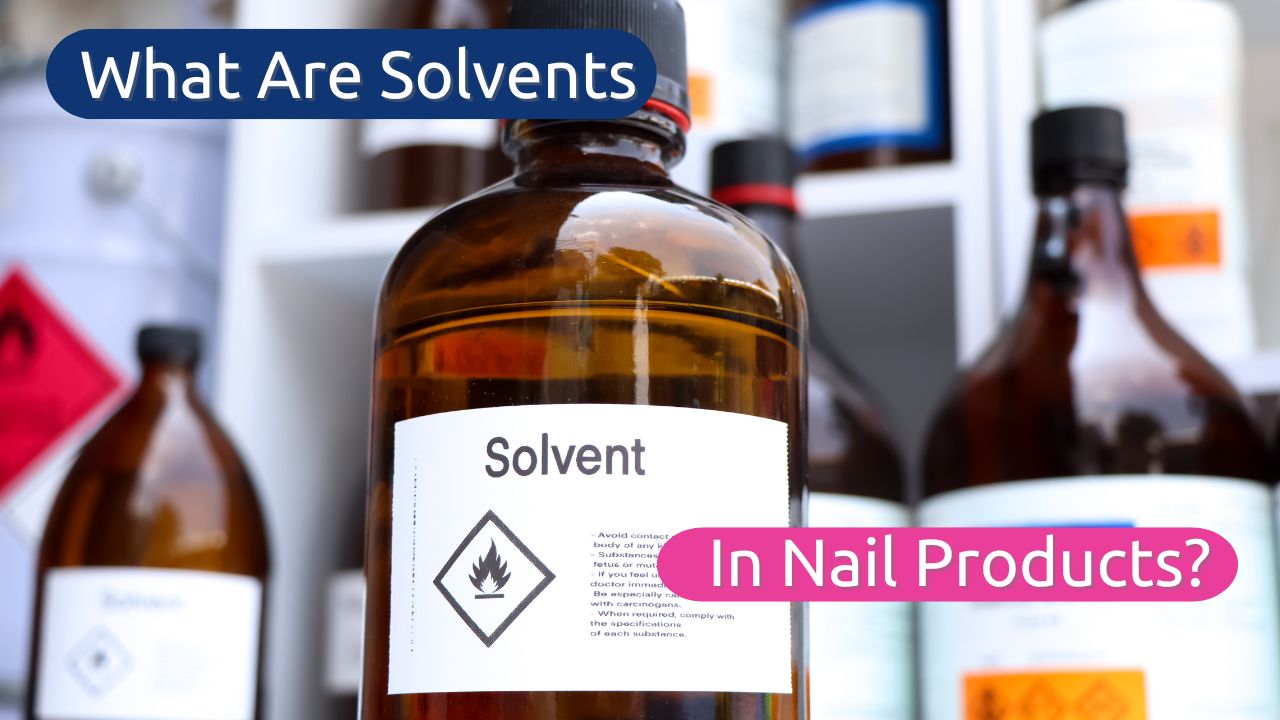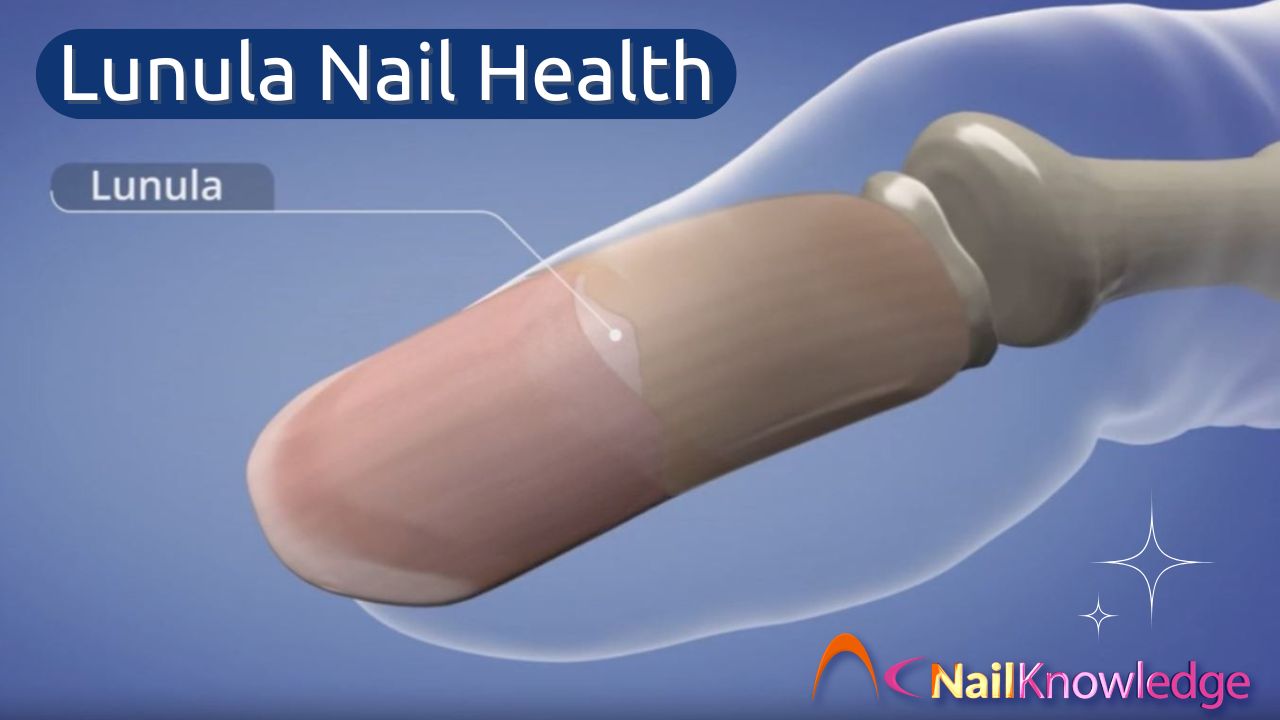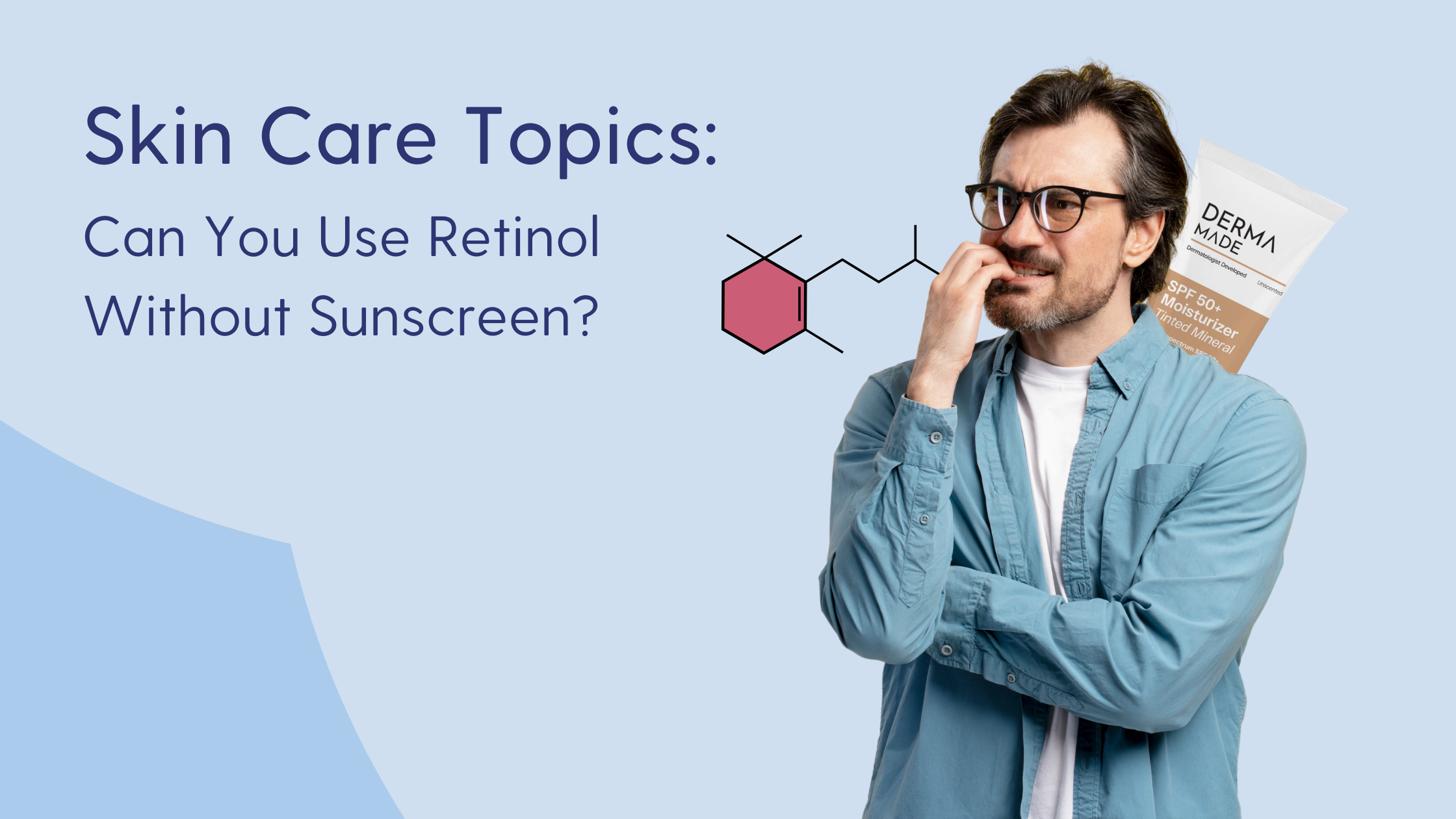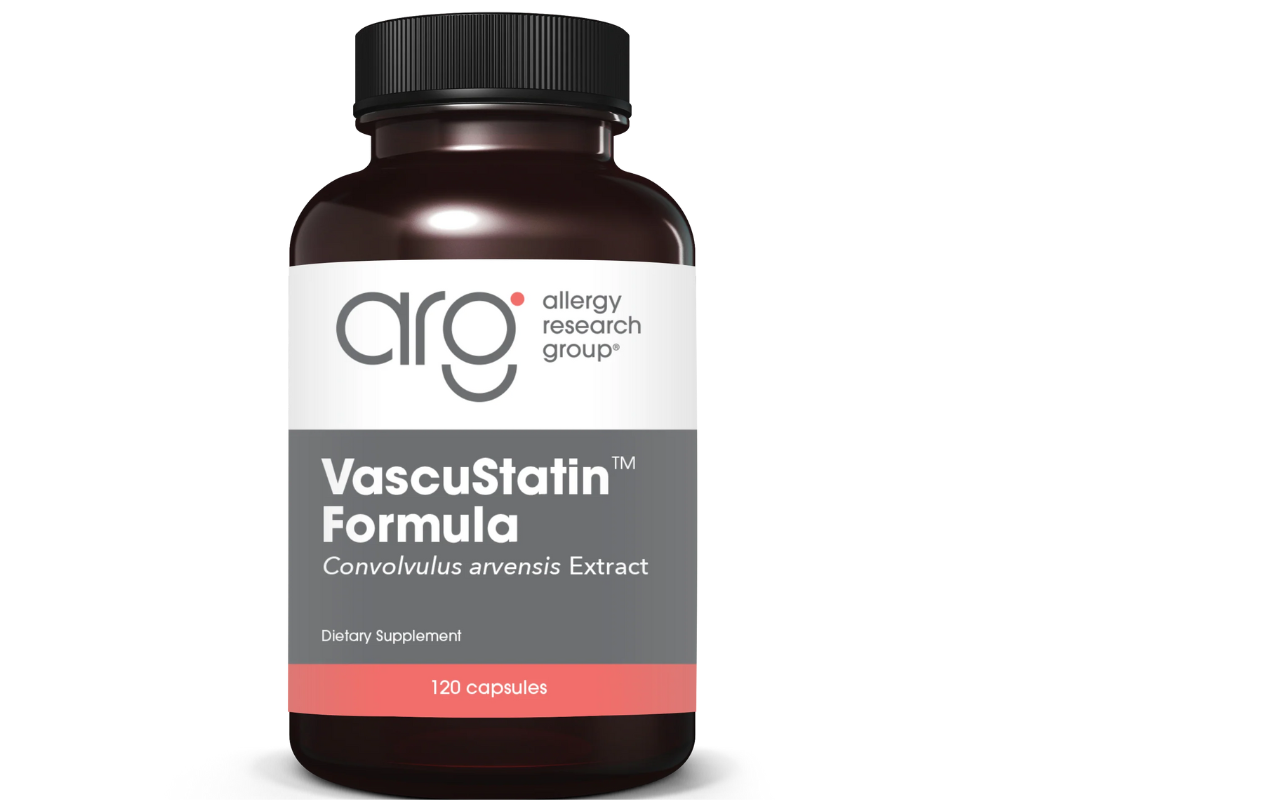Tinea Versicolor: What It Is and How It’s Treated
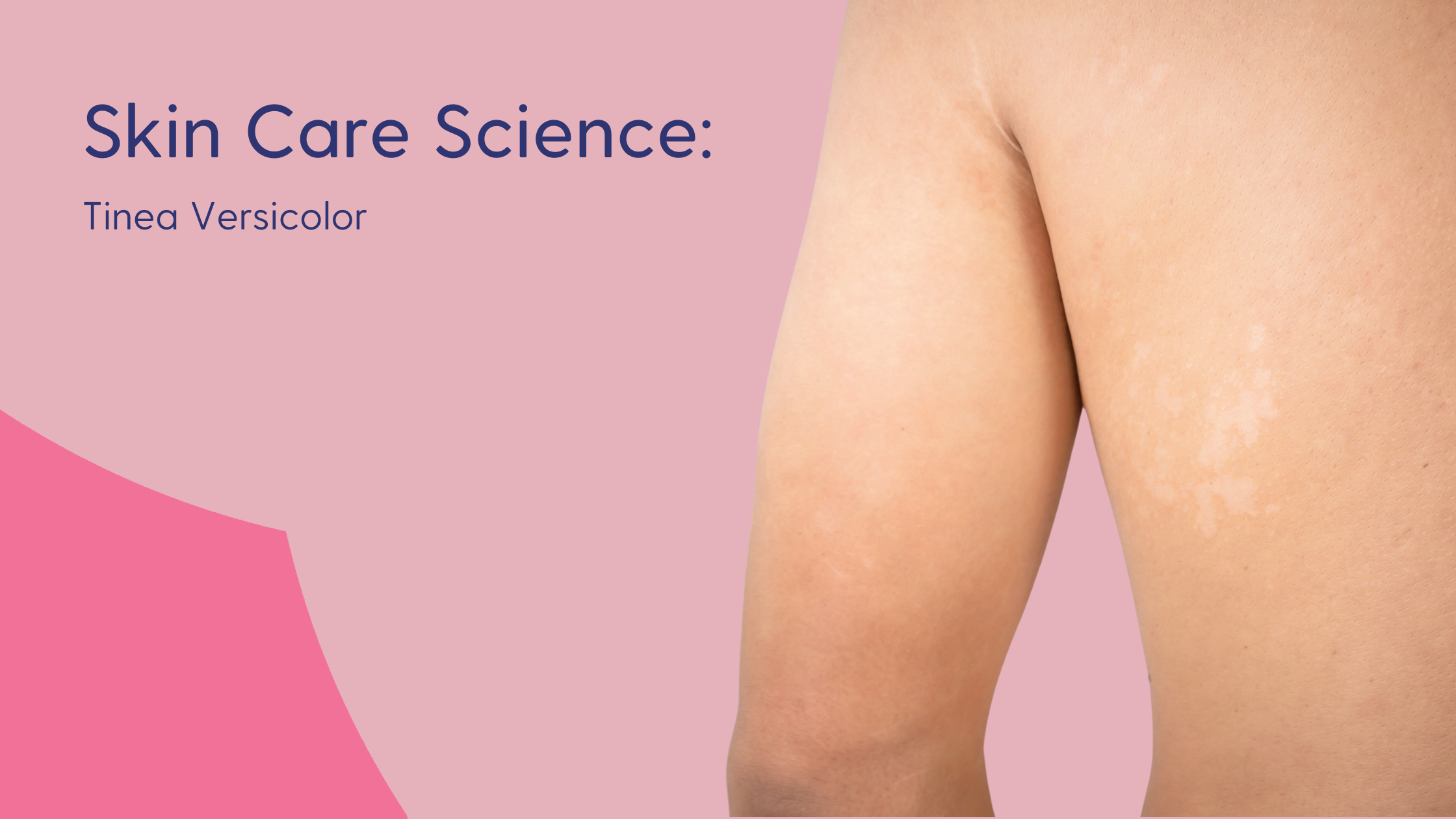
If you’ve noticed small patches of discolored skin that seem dry, flaky, or won’t tan evenly, you might be dealing with a common skin condition called tinea versicolor. This condition is caused by a type of yeast that naturally lives on the skin but can sometimes grow out of control. While not harmful or contagious, tinea versicolor can be frustrating because it has a tendency to return even after treatment. In this article, we’ll explain what tinea versicolor is, what causes it, how it’s treated, and how you can help prevent it from coming back.
Caused by an overgrowth of Malassezia yeast.
Generally easy to treat with antifungal creams or medications.
It can come back, especially during warmer and more humid summer months.

What Is Tinea Versicolor?
Tinea versicolor, also known as pityriasis versicolor, is a type of fungal infection caused by an overgrowth of Malassezia yeast. While this yeast normally lives on the skin without causing any issues, certain factors can cause it to multiply, leading to visible skin changes like discoloration or itching.
Tinea versicolor affects the outermost layer of the skin, called the stratum corneum, and causes the appearance of small, scaly patches that are either lighter or darker than your natural skin tone. It’s not dangerous and doesn’t cause permanent damage, but it can persist for months, especially if left untreated.

What Causes Tinea Versicolor?
Tinea versicolor occurs when the natural balance of the skin’s microbiome is disrupted and Malassezia yeast becomes overgrown. This yeast produces acids that interfere with melanin production, which is why it often causes skin discoloration, and the affected areas do not become tan.
Several factors can trigger this yeast overgrowth, including:
Hot and humid environments
Excess sweating
Oily skin
Weakened immune system
Hormonal changes
Use of oily or comedogenic skin care products
While tinea versicolor is more common in teenagers and young adults, it can affect people of all ages. It is also commonly seen in pregnant women, due to hormone fluctuations that occur during pregnancy.

Signs and Symptoms
The most common signs of tinea versicolor are:
Patches of skin that are lighter or darker than surrounding skin. Lighter patches are more common than darker patches, but both can occur.
Dry and scaly skin.
Mild itching (though not always).
Excessive sweating.
Patches or spots of skin that do not tan.
Tinea versicolor most commonly occurs on the upper back, chest, shoulders, and neck. Skin discoloration caused by this condition is often more noticeable with sun exposure.

How Is Tinea Versicolor Treated?
To diagnose tinea versicolor, your dermatologist can scrape a sample of affected skin and test it for an overgrowth of Malassezia yeast. If your doctor confirms tinea versicolor, he or she may recommend prescription or over-the-counter anti-fungal medications to get the yeast overgrowth under control. These can include:
Topical antifungal medications like ketoconazole, ciclopirox, or clotrimazole.
Oral antifungal medications like fluconazole or itraconazole.
Oral medications are typically only used for more severe or recurrent cases of tinea versicolor. In many cases, symptoms can be effectively managed with topical antifungal creams or ointments.
Additionally, some at-home treatments that your doctor may recommend can include washing the area with a dandruff shampoo containing selenium sulfide or using a sulfur-based cleanser like DermaMade Medi Wash. Sulfur acts as an antifungal to help control yeast populations and also has anti-inflammatory and exfoliating properties.
How Long Does It Take Tinea Versicolor to Go Away?
The yeast overgrowth can usually be controlled within 1 to 2 weeks of treatment. However, the discoloration may take several weeks to months to fully fade, even after the yeast is controlled. This is because melanin production needs time to normalize, especially in cases of hypopigmentation (lighter patches).

How to Prevent Tinea Versicolor
If you have had tinea versicolor in the past, it is possible that it can recur, especially during warmer, more humid times of the year. There are some things you can do to stay ahead of this condition and keep it from coming back or occurring in the first place:
- Use a sulfur-containing face wash l ike DermaMade Medi Wash once or twice per week during the summer.
- Wear loose, breathable clothing to reduce sweating and friction.
- Shower immediately after exercise or sweating heavily.
- Avoid using heavy moisturizers on your neck, chest, or back, especially during the summer.
Bottom Line
Tinea versicolor is a fairly common skin condition caused by yeast overgrowth that leads to patchy skin discoloration and sometimes mild itching. While it’s not harmful, it can come back if not properly treated or prevented.
Fortunately, tinea versicolor tends to be easy to treat, often with over-the-counter or prescription antifungal creams. If you’re prone to yeast overgrowths or have had tinea versicolor in the past, take steps to keep it from recurring, such as avoiding triggers like heat, sweat, and heavy skin care products.
[[ctaquiz]]
Is tinea versicolor contagious?
No, tinea versicolor is not contagious. The yeast that causes it is already present on most people’s skin and only causes symptoms when it overgrows.
Will tinea versicolor come back?
It can come back. Avoiding triggers like heat, sweat, and pore-clogging skin care products can help to prevent recurrence.
Does the sun help tinea versicolor?
No. In fact, sun exposure can worsen the appearance of skin discoloration caused by tinea versicolor.
Best References and Scientific Publications on Tinea Versicolor
- Baumann L. Antiaging Ingredients in Ch. 37 of Baumann's Cosmetic Dermatology Ed 3. (McGraw Hill 2022)
- Baumann, L. Ch. Cosmeceuticals and cosmetic Ingredients (McGraw Hill 2015)
- Leung, A. K., Barankin, B., Lam, J. M., Leong, K. F., & Hon, K. L. (2022). Tinea versicolor: an updated review. Drugs in Context, 11.
- Bonifaz, A., Gómez-Daza, F., Paredes, V., & Ponce, R. M. (2010). Tinea versicolor, tinea nigra, white piedra, and black piedra. Clinics in dermatology, 28(2), 140-145.
- Kallini, J. R., Riaz, F., & Khachemoune, A. (2014). Tinea versicolor in dark‐skinned individuals. International journal of dermatology, 53(2), 137-141.
- Hudson, A., Sturgeon, A., & Peiris, A. (2018). Tinea versicolor. Jama, 320(13), 1396-1396.
- Rai, M. K., & Wankhade, S. (2009). Tinea versicolor–an epidemiology. J Microbial Biochem Technol, 1(1), 51-6.
What's Your Reaction?
 Like
0
Like
0
 Dislike
0
Dislike
0
 Agree
0
Agree
0
 Disagree
0
Disagree
0
 Excellent
0
Excellent
0
 Useful
0
Useful
0
 Great
0
Great
0





